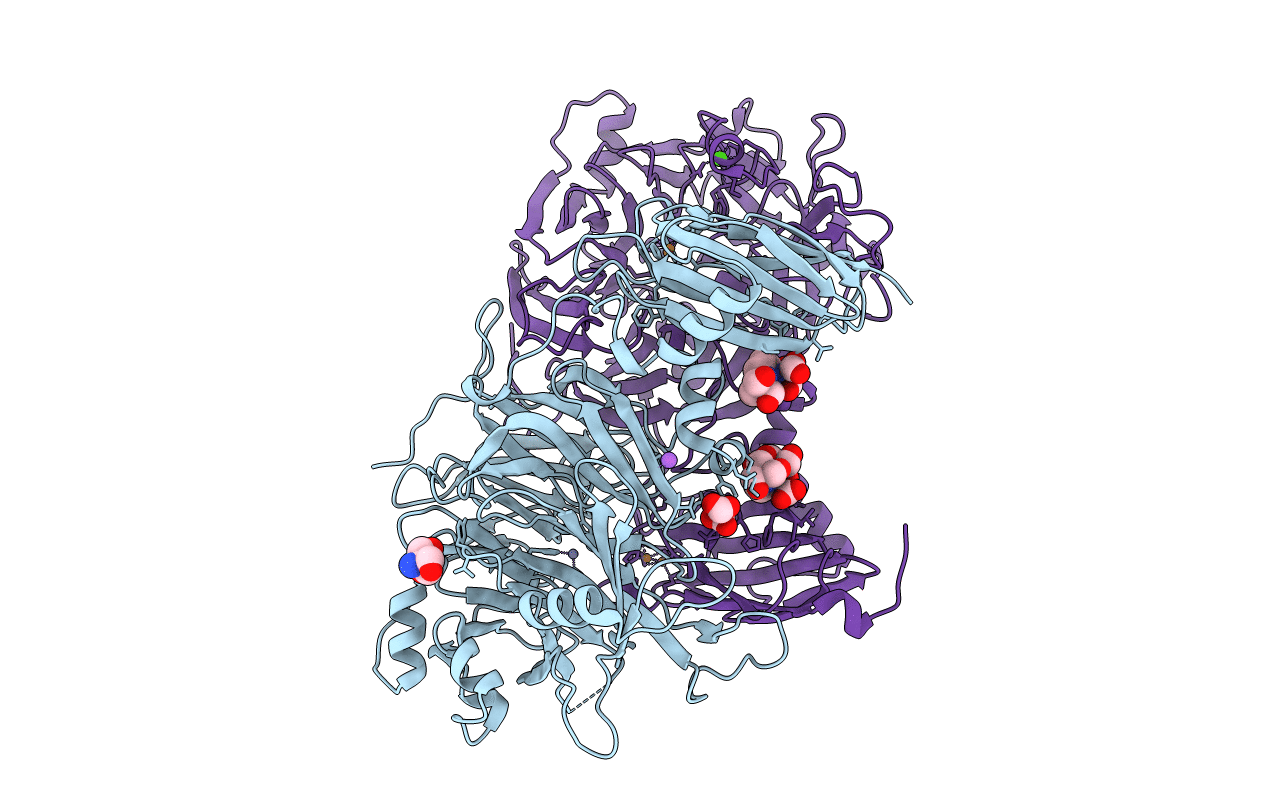
Deposition Date
2020-02-28
Release Date
2021-01-27
Last Version Date
2024-01-24
Entry Detail
PDB ID:
6Y7E
Keywords:
Title:
Pseudomonas stutzeri nitrous oxide reductase mutant, H494A
Biological Source:
Source Organism:
Pseudomonas stutzeri (Taxon ID: 316)
Host Organism:
Method Details:
Experimental Method:
Resolution:
1.60 Å
R-Value Free:
0.18
R-Value Work:
0.15
Space Group:
P 1 21 1


